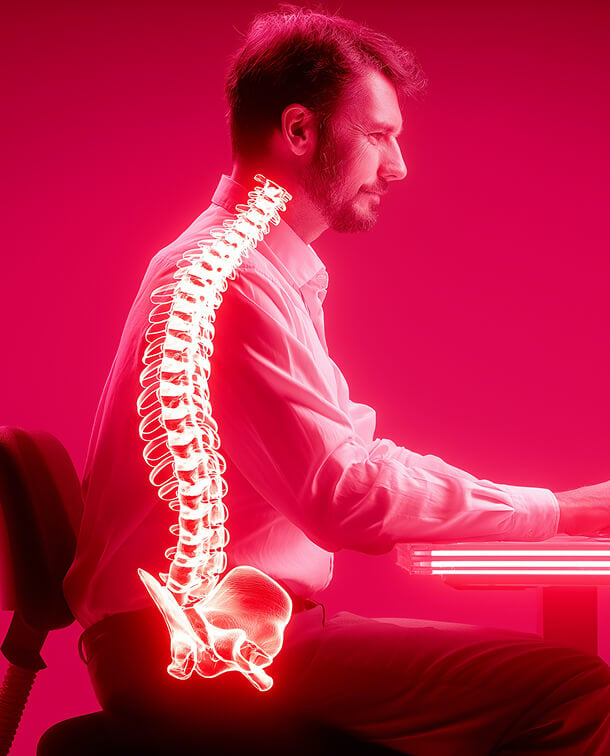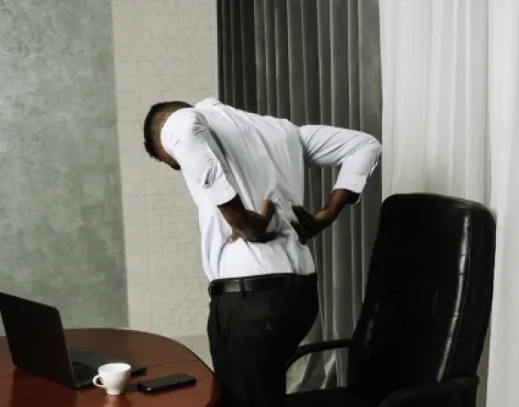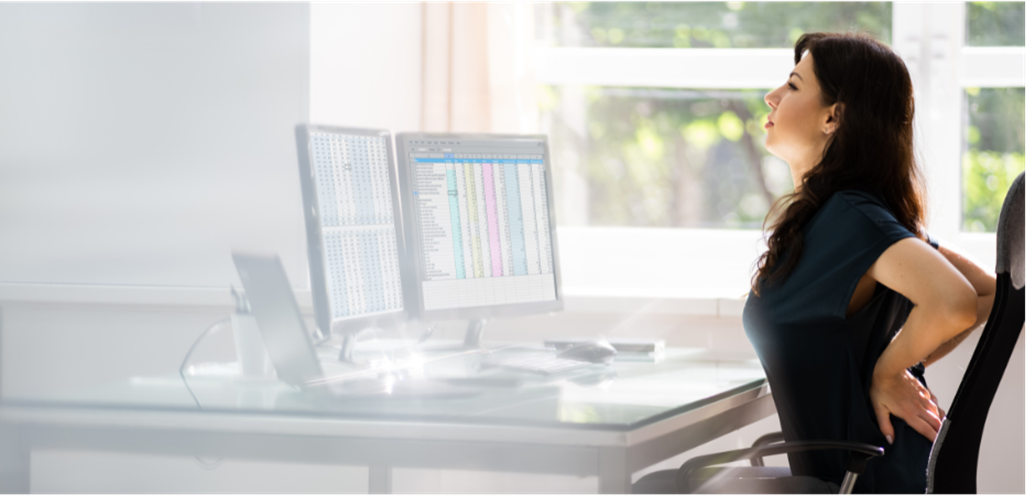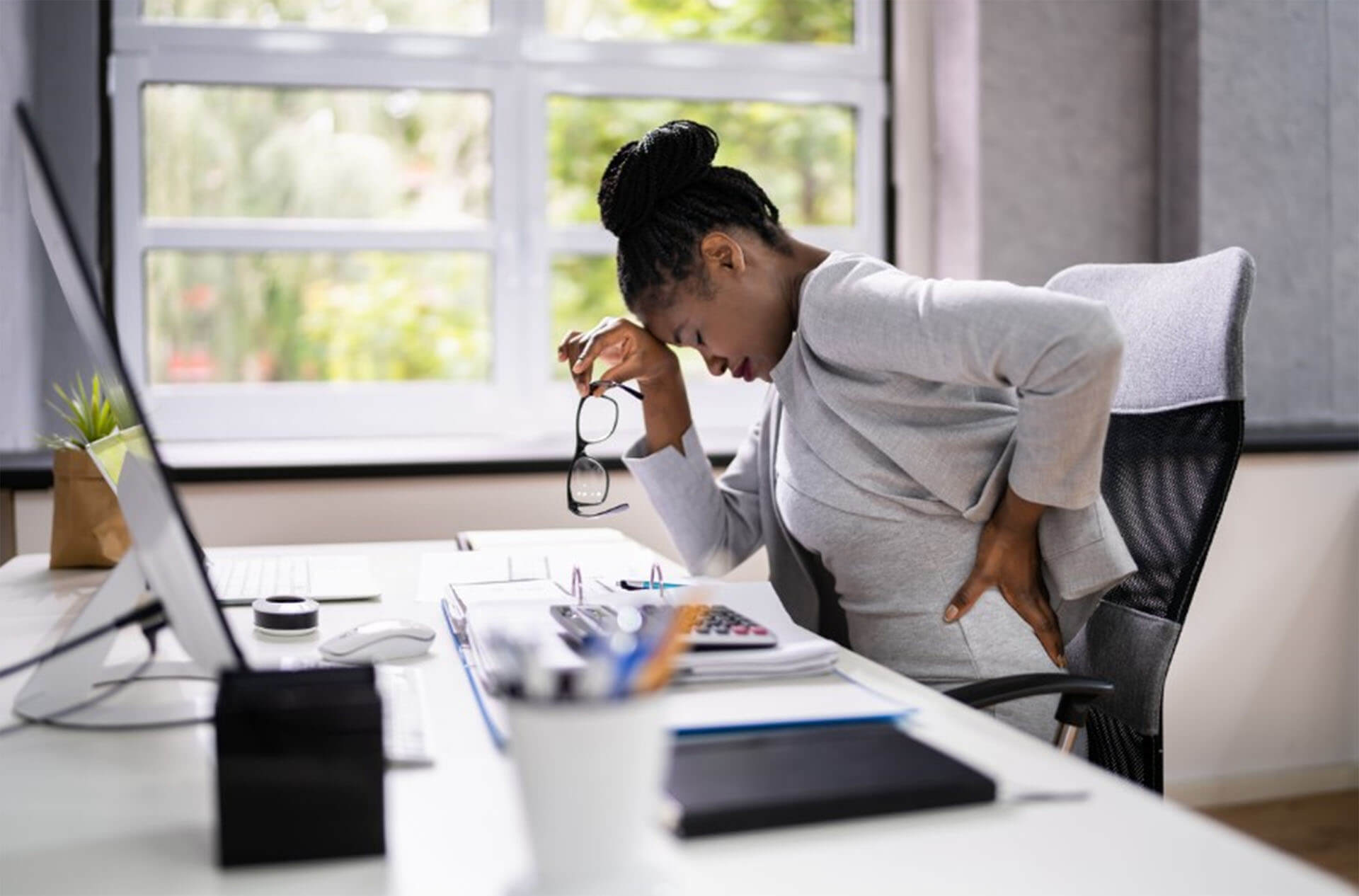A herniated disc can be a real pain — literally! If you’ve been diagnosed with this condition, you’re likely familiar with the discomfort it can bring, from sharp pain to tingling sensations and even muscle weakness. But don’t worry, there’s good news: the right exercises, coupled with mindful posture habits, can help relieve symptoms and improve your overall spinal health.

ANTHROS BLOG
Feb. 11, 2025
Exercises for
Herniated Disc:
Finding Relief and Building Resilience
A herniated disc can be a real pain — literally! If you’ve been diagnosed with this condition, you’re likely familiar with the discomfort it can bring, from sharp pain to tingling sensations and even muscle weakness.
But don’t worry, there’s good news: the right exercises, coupled with mindful posture habits, can help relieve symptoms and improve your overall spinal health.
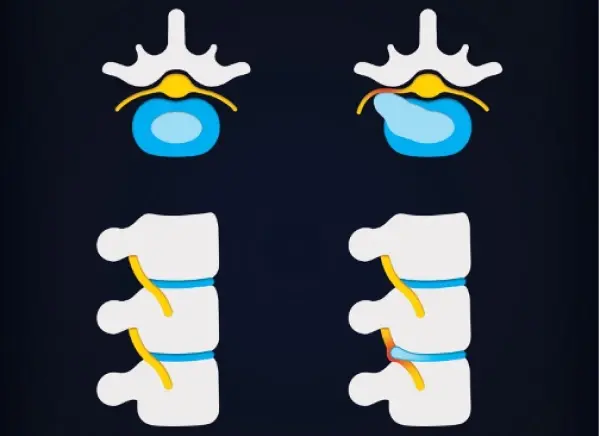
What Is a Herniated Disc?
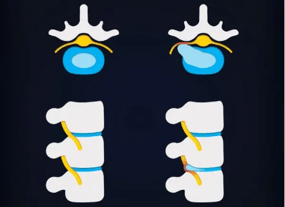
Between each bone in your spine (vertebrae) lies a soft, gel-like cushion known as an intervertebral disc.
These discs act as shock absorbers, allowing flexibility and protecting your spine during daily activities.
When a disc becomes damaged — often from wear and tear or sudden injury — the inner gel can push through the outer layer, leading to what we call a herniated disc.
This condition can irritate nearby nerves, resulting in pain, numbness, or weakness, typically in your back, legs, or arms.
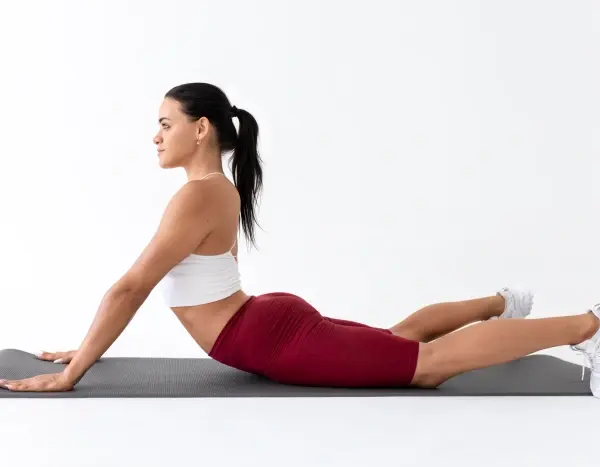
How Exercise Can Help
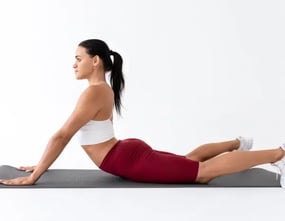
When you’re dealing with a herniated disc, movement might seem counterintuitive. However, targeted exercises can:
- Reduce pain and inflammation: By encouraging blood flow and nutrient delivery to the injured area.
- Support recovery: By strengthening the muscles around your spine, providing better support.
- Improve mobility: By gently stretching tight muscles and reducing stiffness.
- Prevent future issues: By building muscle balance and enhancing spinal stability.
**Always consult your healthcare provider or physical therapist before starting a new exercise routine, especially with a herniated disc.
They can guide you toward safe and effective movements for your specific situation.
Here are some gentle, beginner-friendly exercises to get you started:
Best Exercises for Herniated Disc Relief
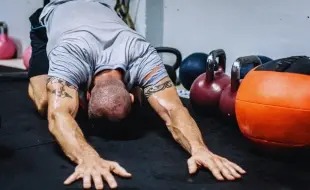
Here are some gentle, beginner-friendly exercises to get you started:
1. Pelvic Tilts

- Lie on your back with your knees bent and feet flat on the floor.
- Tighten your abdominal muscles and gently press your lower back into the floor.
- Hold for 5 seconds, then release. Repeat 10 times.
2. Cat-Cow Stretch

- Start on your hands and knees, with your wrists under your shoulders and knees under your hips.
- Inhale and arch your back (Cow), lifting your head and tailbone.
- Exhale and round your back (Cat), tucking your chin and pelvis.
- Repeat 10 times, moving slowly and with control.
3. Child’s Pose

- Kneel on the floor and sit back on your heels.
- Stretch your arms forward and lower your torso toward the ground.
- Hold for 20-30 seconds, breathing deeply. Repeat as needed.
4. Standing Extensions

- Stand with your feet shoulder-width apart.
- Place your hands on your lower back for support.
- Gently lean backward, keeping your movements slow and controlled.
- Return to the neutral position and repeat 5-10 times.
5. Bridge Pose

- Lie on your back with your knees bent and feet flat on the floor, hip-width apart.
- Press into your heels, engage your glutes, and lift your hips toward the ceiling.
- Hold for a few seconds, then slowly lower back down. Repeat 10 times.
The Role of Good Posture
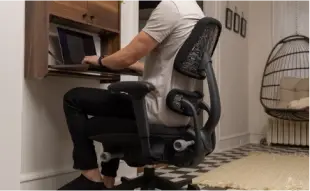
While exercises can help, maintaining good posture throughout your day is equally important to reduce stress on your spine. Here are a few posture tips to keep in mind:
When sitting:
Use a chair that supports the foundation of posture, the pelvis. Supporting the pelvis in a neutral position brings the spine into alignment and decreases disc pressure.
For those who sit all day, this is key to achieve and maintain muscle balance and relieve symptoms of a herniated disc when sitting.
When sitting: Use a chair that supports the foundation of posture, the pelvis. Supporting the pelvis in a neutral position brings the spine into alignment and decreases disc pressure.
For those who sit all day, this is key to achieve and maintain muscle balance and relieve symptoms of a herniated disc when sitting.
When standing:
Distribute your weight evenly on both feet and keep your shoulders relaxed and rolled back.
Imagine there’s a string that goes from your feet up through your head and it’s being pulled straight up.
This encourages a neutral pelvis and lengthened spine.
When bending:
During daily activities that require reaching or bending, hinge at the hips with a flat back.
Engage your glutes and hamstrings during the bend/reach to protect your low back.
When lifting:
Bend at the knees, not the waist. Keep your back straight, hinge at the hips and hold objects close to your body
When sitting: Use a chair that supports the foundation of posture, the pelvis. Supporting the pelvis in a neutral position brings the spine into alignment and decreases disc pressure.
For those who sit all day, this is key to achieve and maintain muscle balance and relieve symptoms of a herniated disc when sitting.
When standing: Distribute your weight evenly on both feet and keep your shoulders relaxed and rolled back.
Imagine there’s a string that goes from your feet up through your head and it’s being pulled straight up.
This encourages a neutral pelvis and lengthened spine.
When bending: During daily activities that require reaching or bending, hinge at the hips with a flat back.
Engage your glutes and hamstrings during the bend/reach to protect your low back.
When lifting: Bend at the knees, not the waist. Keep your back straight, hinge at the hips and hold objects close to your body.
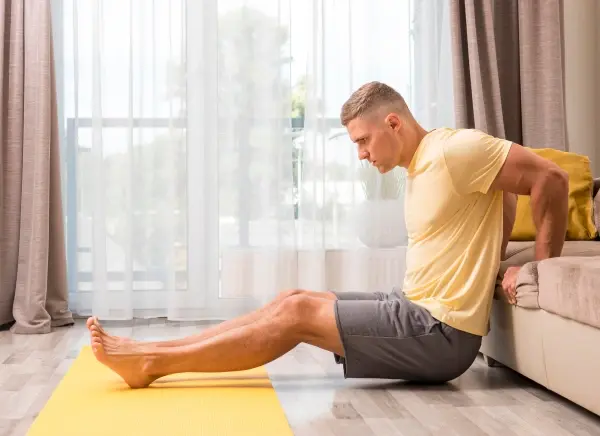
Building Muscle Balance
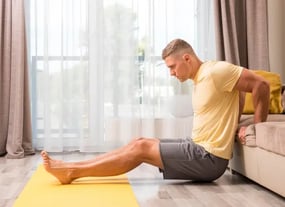
Muscle imbalances often contribute to spinal issues, so it’s essential to strengthen not just your core but also your back, hips, and glutes.
Incorporate strength training exercises like planks, bird-dogs, and glute bridges to ensure all your muscles work together the way they were meant to.
Recovering from a herniated disc takes time, patience, and consistent effort. By incorporating gentle exercises, practicing good posture, and addressing muscle imbalances, you can alleviate symptoms and set the foundation for a healthier spine.
Remember to listen to your body and avoid movements that cause pain.
As always, consult a medical professional before starting any new exercise routine. Here’s to moving better, feeling stronger, and enjoying a life with less pain!
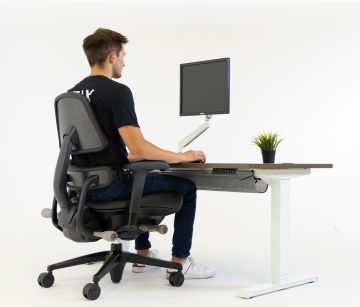
Recent Post
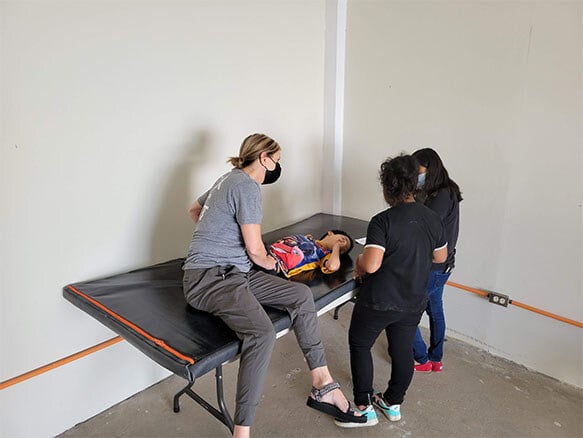
Four Lessons About Seating Everyone Can Learn from Wheelchair Users
September 18, 2025Working with wheelchair users has been an...
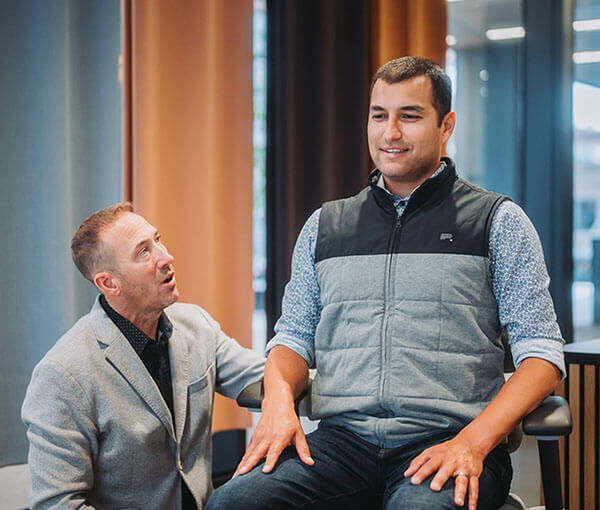
People Over Profits: Why Anthros Puts Comfort and Care First
September 17, 2025At Anthros, our mission is simple: to put people...




